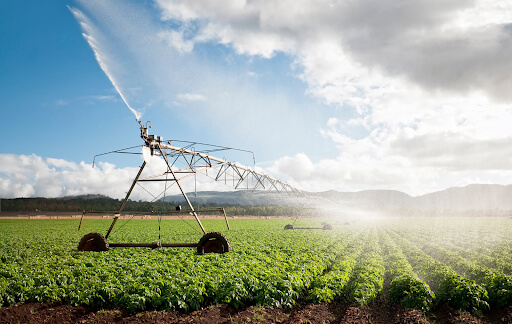-
أخر الأخبار
- استكشف
-
الصفحات
-
المدونات
-
Courses
-
الافلام
Deconstructing the Global Variable Rate Technology (VRT) Market Segmentation

To fully comprehend the industry's diverse offerings and applications, a clear deconstruction of the Variable Rate Technology VRT Market Segmentation is essential, as it categorizes the market based on several key criteria, including the core component, the type of technology, and the specific application. The most fundamental segmentation is by component, which breaks down a complete VRT system into its constituent parts. This includes Hardware, Software, and Services. The Hardware segment is the largest and encompasses all the physical equipment, such as the crucial GPS/GNSS receivers for positioning, the in-cab displays and VRT controllers that manage the application, and a wide variety of sensors (e.g., soil sensors, yield monitors, crop canopy sensors). The Software segment includes the Farm Management Information Systems (FMIS) and specialized agronomic software used for data analysis and the creation of prescription maps. The Services segment is a rapidly growing area that includes agronomic consulting, data analysis services, and equipment installation and support.
Another vital method of segmenting the market is by the type of VRT technology or the method used to determine the variable rate. This primarily distinguishes between Map-based VRT and Sensor-based VRT. Map-based VRT is the more established approach, where a variable rate prescription map is created in the office based on historical or remotely sensed data (like soil maps, yield maps, or satellite imagery) and then loaded into the machine's controller. Sensor-based VRT, also known as real-time or on-the-go VRT, is the more advanced and rapidly emerging approach. In this model, sensors mounted on the machinery itself measure crop or soil properties in real-time as the machine moves through the field, and this live data is used to instantly calculate and adjust the application rate. This segmentation highlights the technological evolution of the market from a reactive, map-based approach to a more proactive and dynamic, sensor-driven one.
Finally, the market is critically segmented by the specific on-farm application, which details what input is being variably applied. This provides a clear view of the primary use cases and the sources of demand for the technology. The most common and mature application segments are Variable Rate Fertilization and Variable Rate Seeding, as these represent some of the highest input costs for a farmer. Another major and growing segment is Variable Rate Pesticide/Herbicide Application, which is driven by the desire to reduce chemical usage and combat herbicide resistance. A rapidly emerging and critically important segment is Variable Rate Irrigation (VRI), which is essential for water conservation in arid and semi-arid regions. This segmentation by application is crucial as it allows vendors to tailor their hardware and software solutions to the specific requirements of each different on-farm task, from precisely placing a seed to accurately spraying a weed.
- Art
- Causes
- Crafts
- Dance
- Drinks
- Film
- Fitness
- Food
- الألعاب
- Gardening
- Health
- الرئيسية
- Literature
- Music
- Networking
- أخرى
- Party
- Religion
- Shopping
- Sports
- Theater
- Wellness


